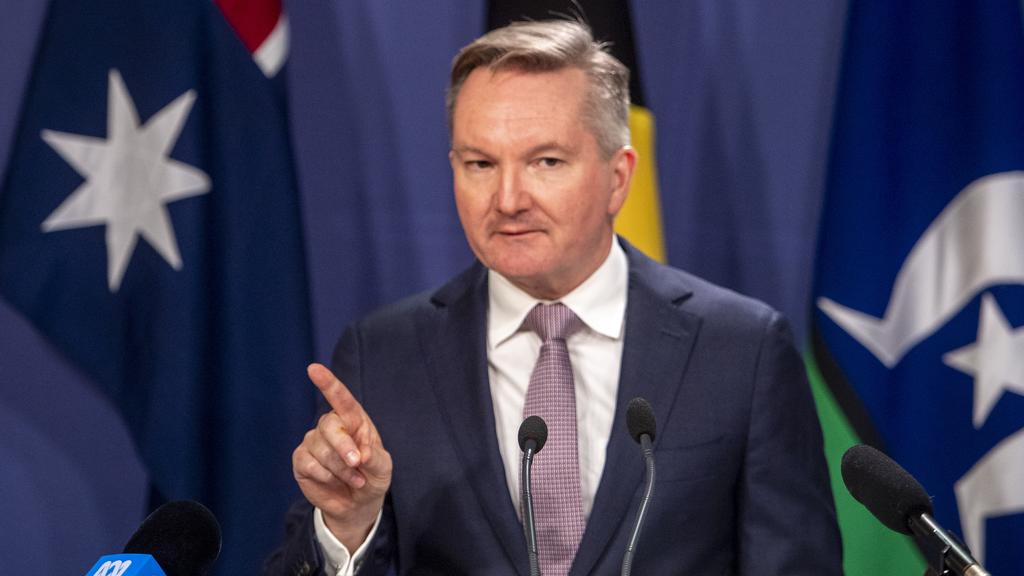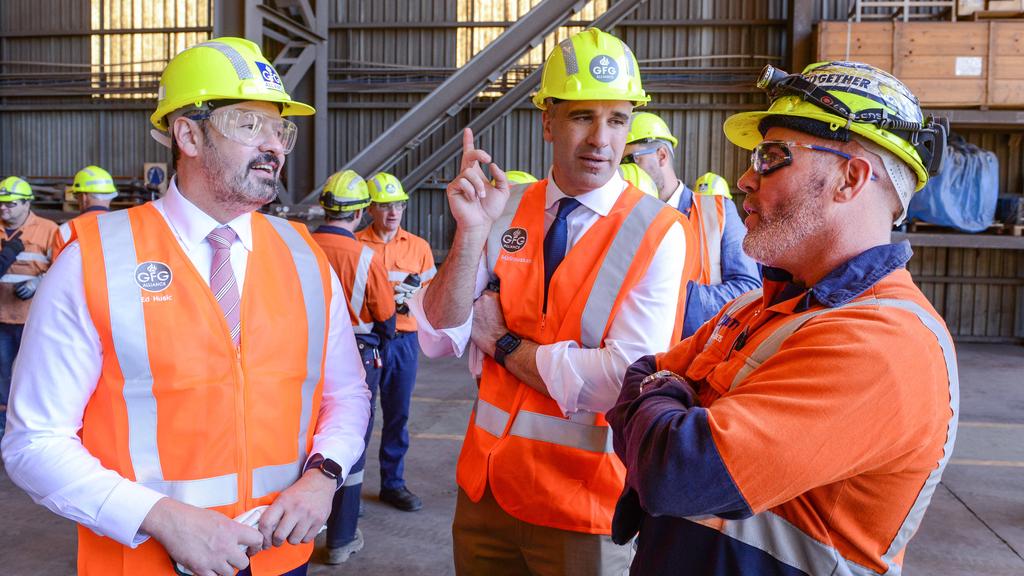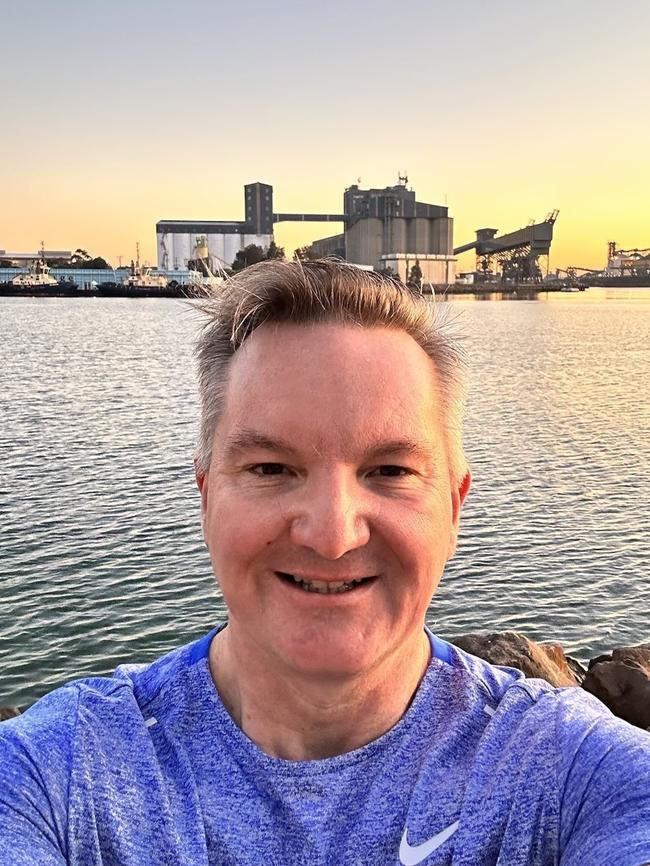
by Judith Sloan, courtesy of The Australian.

If you believe the Energy Minister, green hydrogen in Australia is not dead or deceased or bereft of life. It’s just resting, pining for fields of solar panels and wind turbines.
Sadly, for Bowen, green hydrogen made from renewable energy using the process of electrolysis has all the features of that dead parrot, as more and more projects are cancelled. The latest is the Gladstone hub, where the newly elected Crisafulli LNP government has pulled the pin.
The massively expensive green hydrogen project in South Australia, sponsored by the Malinauskas Labor government, is looking shaky as the future of the Whyalla Steel Works becomes more uncertain.
The trouble with green hydrogen is that it’s far too expensive; there is simply not the available renewable energy; the technical complications are unresolved; and there are no customers. It’s not just dead here; it is gently being interred in other parts of the world, including Europe. It was a pipedream when it was first floated under the previous Coalition government; it remains a pipedream.
The Coalition even went to the trouble of getting then chief scientist, Alan Finkel, to undertake a review of the prospects for hydrogen production in Australia.
The final report was reasonably upbeat, although it’s hard to see how it could ever make sense to use electricity to produce hydrogen to produce electricity.
It’s not necessary to fill out the spreadsheets to realise that the economics of this transformation are unlikely to stack up – the ratio of energy in to energy out is around 0.3.
The Albanese Labor government has demonstrated even more enthusiasm for green hydrogen than the Coalition’s preliminary steps. The Prime Minister has enthusiastically declared that Australia has “an enormous opportunity with green hydrogen and to bring things back here”.
In his opinion, “the reason why we’re doing hydrogen hubs around Australia is that the growth and potential of this industry isn’t a niche industry. This is something that will make an enormous difference to Australia’s economy.”
Similarly, the pet shop owner – OK, Chris Bowen – has stated that “reports of the death of the green hydrogen industry are greatly exaggerated”. By the end of the decade – in five years’ time – he foresees “a green hydrogen industry (that) will be up and running as well as electric planes in the skies”.
The Albanese government has had several attempts to kickstart a green hydrogen industry. There is the $2bn Hydrogen Headstart program, as well as green hydrogen production tax credits estimated to be worth nearly $7bn over a decade. These initiatives have been undertaken even though the barriers to the development of a green hydrogen industry are close to insurmountable.

There is now some acknowledgment that liquid hydrogen won’t be transported to overseas destinations – the costs and technical barriers are just too great.
But both Albanese and Bowen hold on to the remote possibility that green hydrogen can be used to transform bauxite and iron ore to make green alumina, green aluminium and green steel and that customers would be prepared to pay a price premium.
At this stage, you would have to say they’re dreamin’, to quote a classic Australian expression.
Let’s not forget here that during the last election campaign, Albanese pledged that the new gas plant at Kurri Kurri in the Hunter Valley would be partly fuelled by hydrogen. The fact was – and remains the case – there is no source of green hydrogen in the precinct. Ironically, the plant used diesel for several months before the gas became available.
Take the case of the proposed and now ditched Gladstone hub. To meet the aspiration of four million tonnes of green hydrogen per year, there would be a requirement for 110,000 megawatts of additional renewable energy, which is close to two times the existing capacity of the entire National Electricity Market.
In turn, this will involve some 10,000 wind turbines and 2500sq km of solar panels. This was never going to happen.
The electrolysis process also requires water – some 4500 megalitres per year.
What happens to the money committed to green hydrogen in the context of the swath of abandoned projects?
Hopefully, moneys committed but not yet spent can be recovered. There is also the upside that the forecast outlays on production tax credits will never materialise.
Having said this, there are some significant issues that remain outstanding. The first relates to the Integrated System Plan developed by the Australian Market Energy Operator.
AEMO is fully on board with green hydrogen, and it figures prominently in its forecasts of future demand for electricity. There are some extraordinarily naive commercial assumptions about expensive electrolysers being switched on and off depending on the availability of renewable energy.
Take this assertion. “Hydrogen load is expected to lift minimum demand and have minimal impact at times of peak demand. It is also expected to be technically capable of providing flexibility by turning off for whole days when weather conditions are unfavourable, depending on the commercial implications of doing so.”
According to the ISP, green hydrogen will lead to more investment in renewable energy, which will be available for the entire grid when it suits the market operator. Ask any engineer about operating a capital-intensive piece of equipment on this basis and they will also talk about dreamin’.
The broader point about the ISP, and one that is being made forcefully by Aidan Morrison of the Centre for Independent Studies, is that AEMO’s planning process is fundamentally flawed. Instead of following the underlying legislation and the need to fulfil the objectives of efficiency, lowest cost and emissions reduction, the ISP is really a case of the tail wagging the dog. All the parameters of government policy are simply accepted – think here renewable energy penetration, emissions target, take-up of electric vehicles – and the features of the plan are devised around meeting these parameters.

In effect, the objectives of efficiency and cost are deprioritised, to the detriment of households and businesses.
The second issue is Bowen’s decision to reject outright the option of blue hydrogen made from natural gas, in combination with carbon capture and storage. This is where much of the action is in the US, with government subsidies of $US85 available for every tonne of CO2 captured and stored.
Certain sectors of industry require hydrogen, in particular fertiliser manufacturing, and Australia is ill-advised to turn its back on blue hydrogen given the relative ease of extracting hydrogen from methane. We also have several obvious sites to store the captured CO2, particularly in the Cooper Basin.
But at this stage, Bowen is showing all the stubbornness of the pet-shop owner who expected the purchaser of the parrot to accept that it wasn’t dead. It was.

As the Norwegian Blue parrot is to the pet shop owner in Monty Python’s Flying Circus, so green hydrogen is to Chris Bowen.